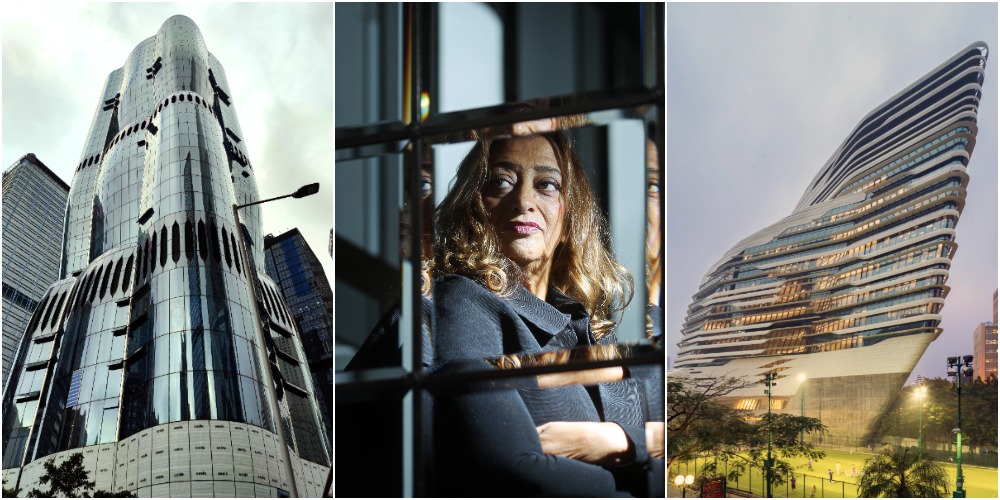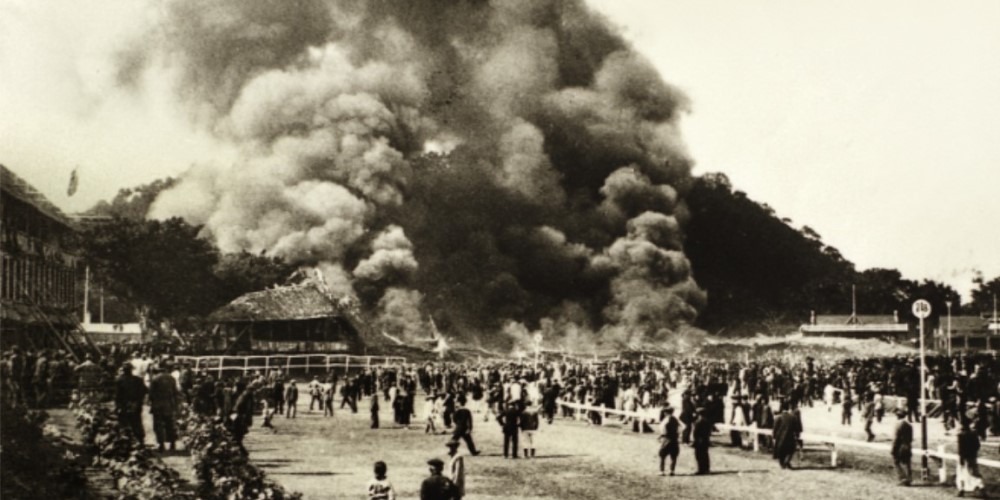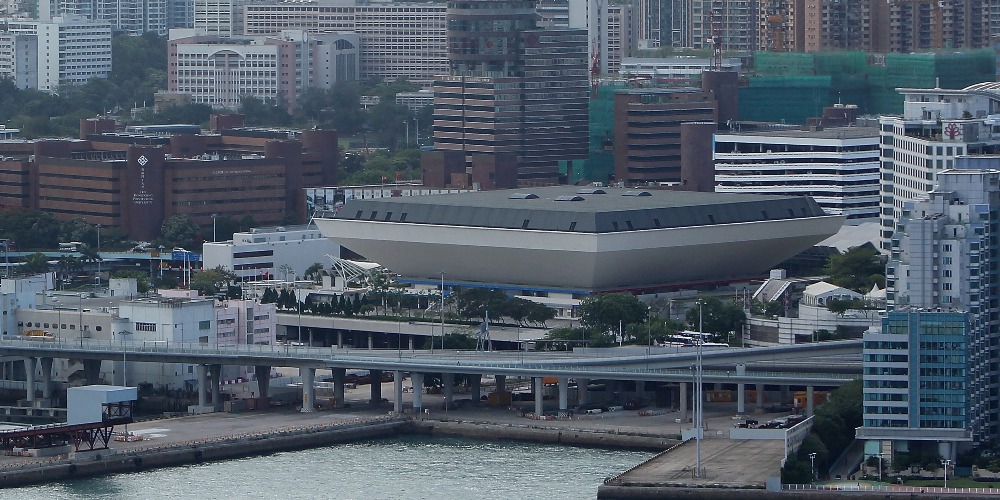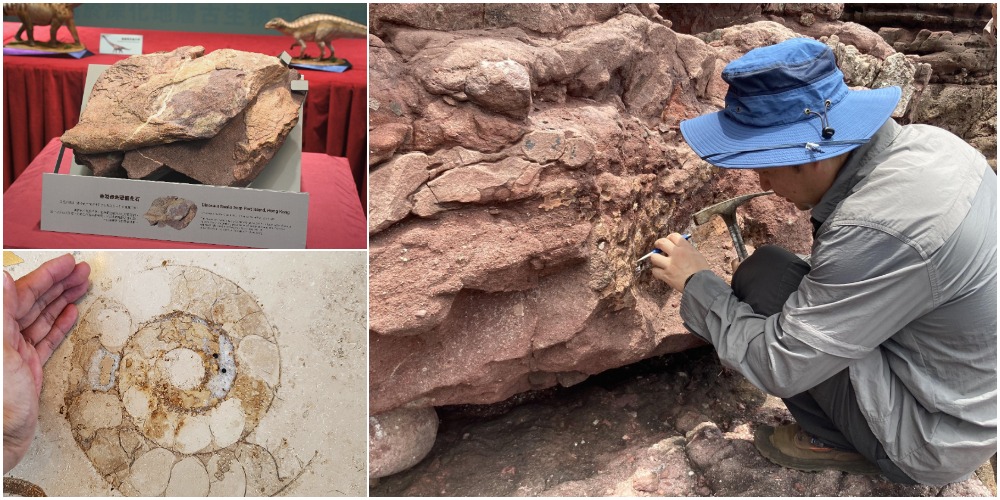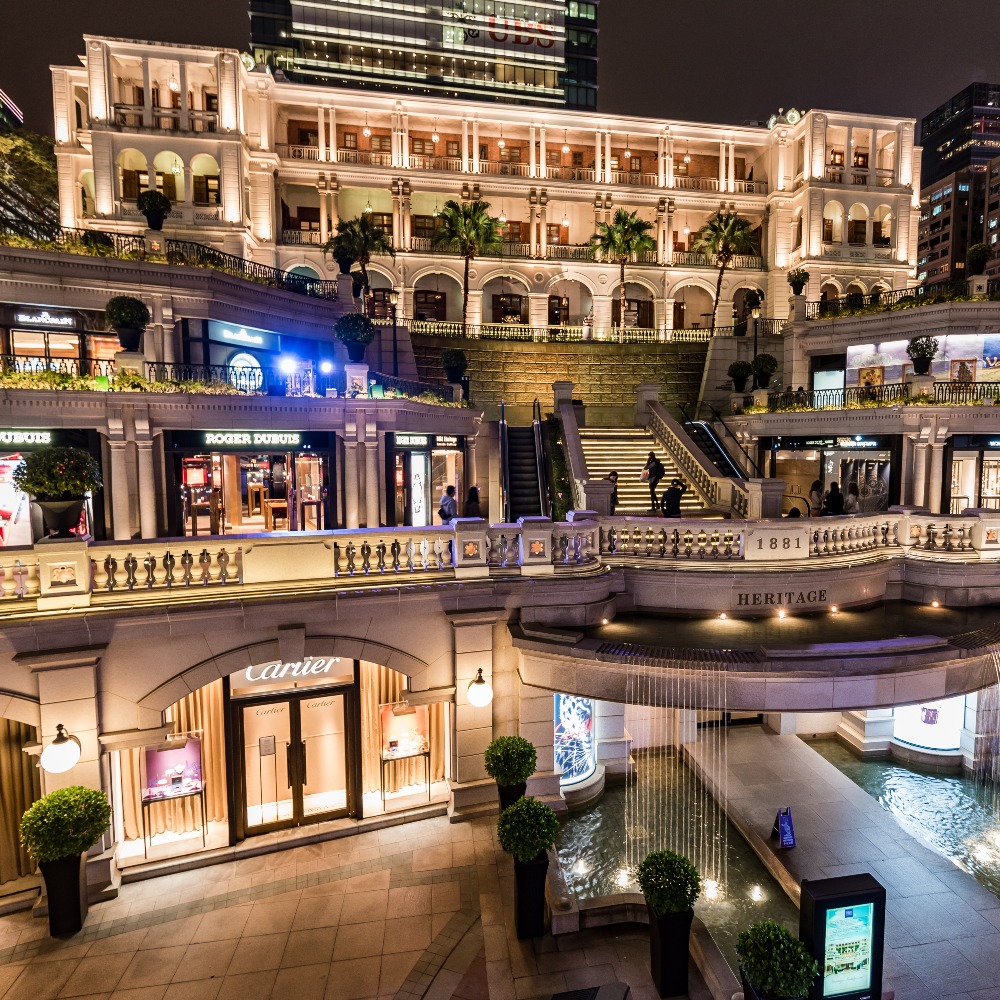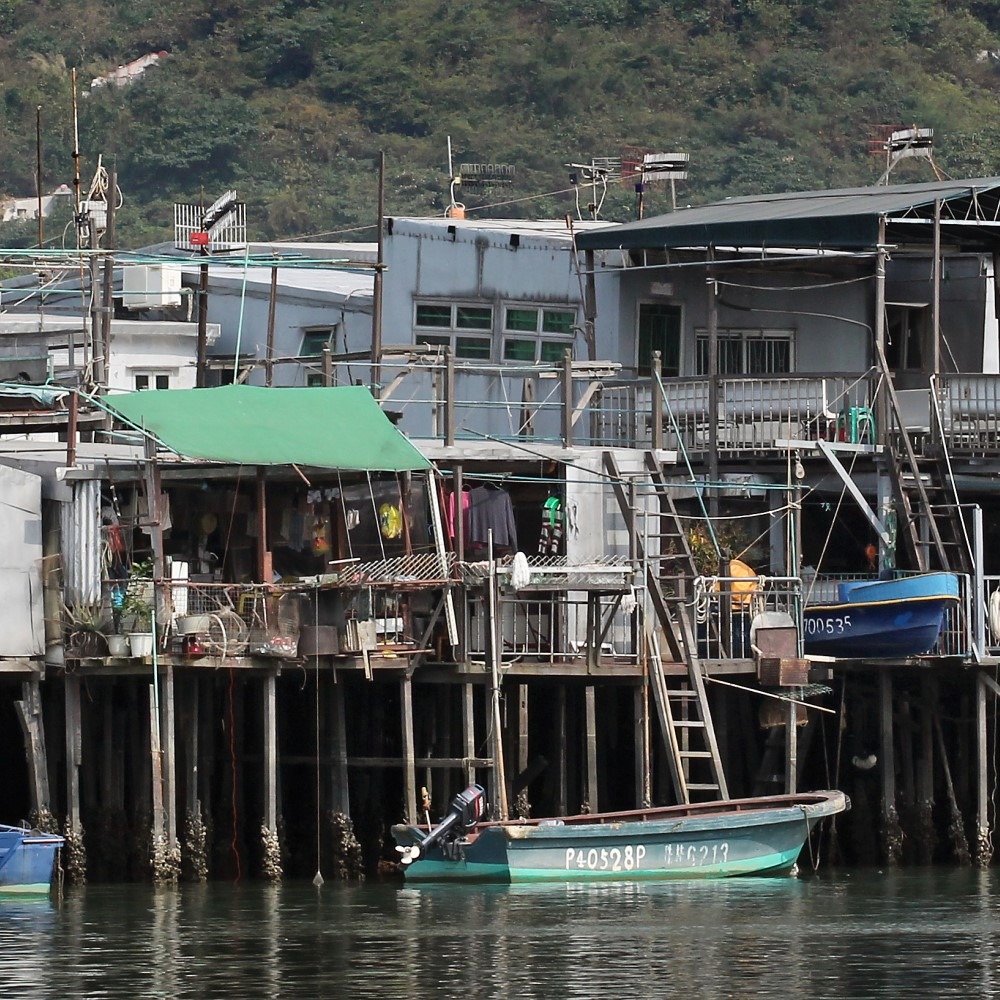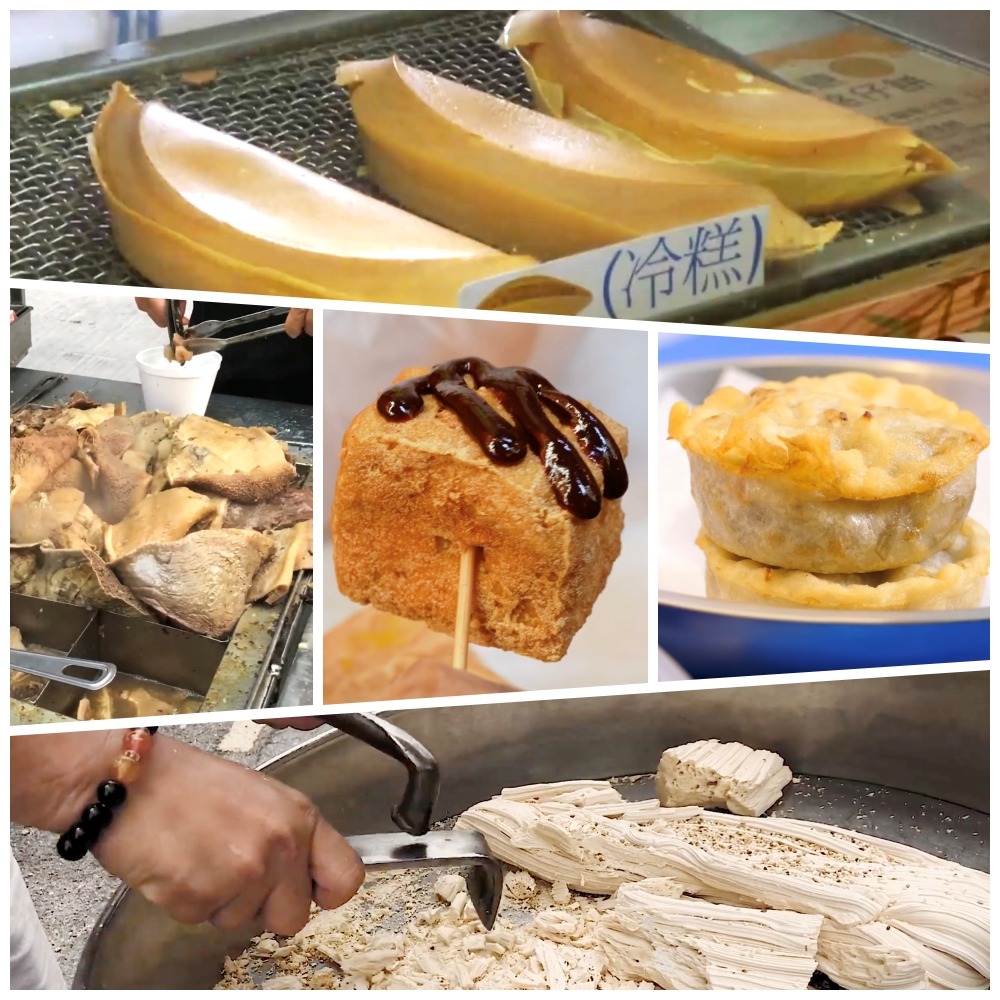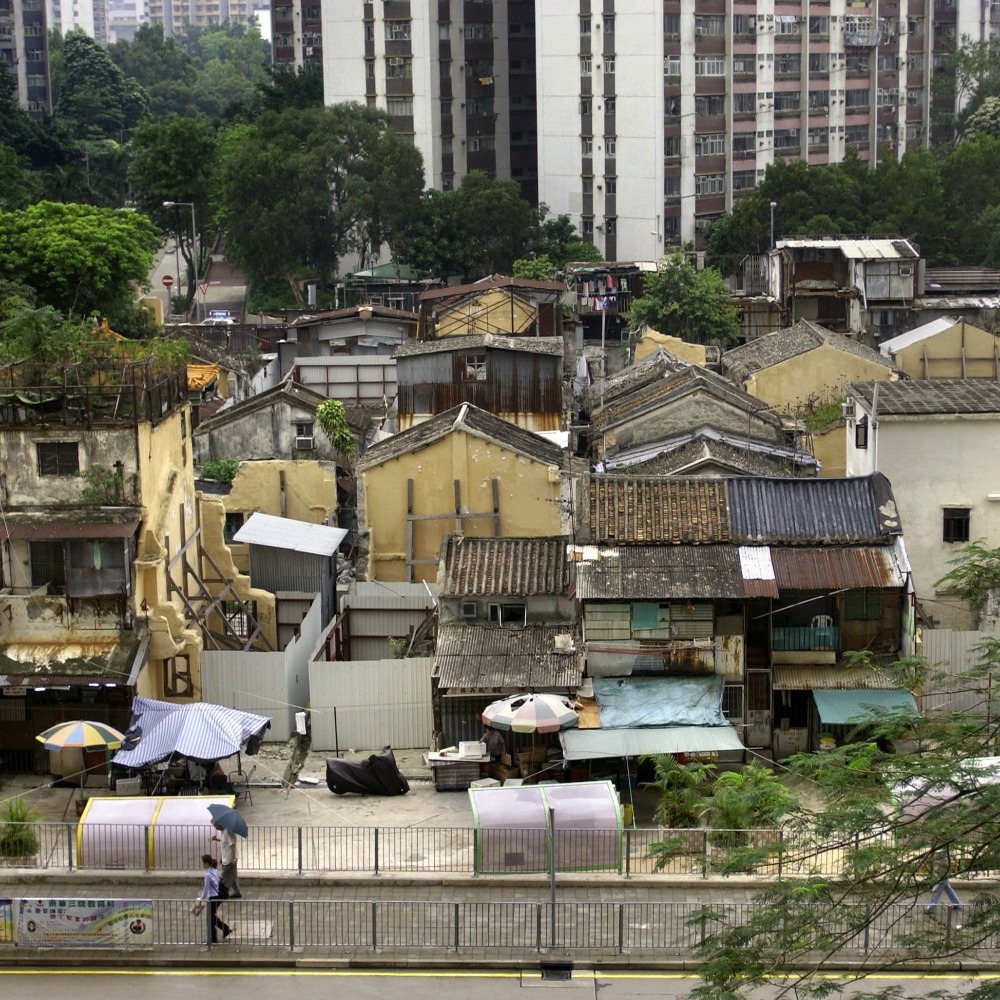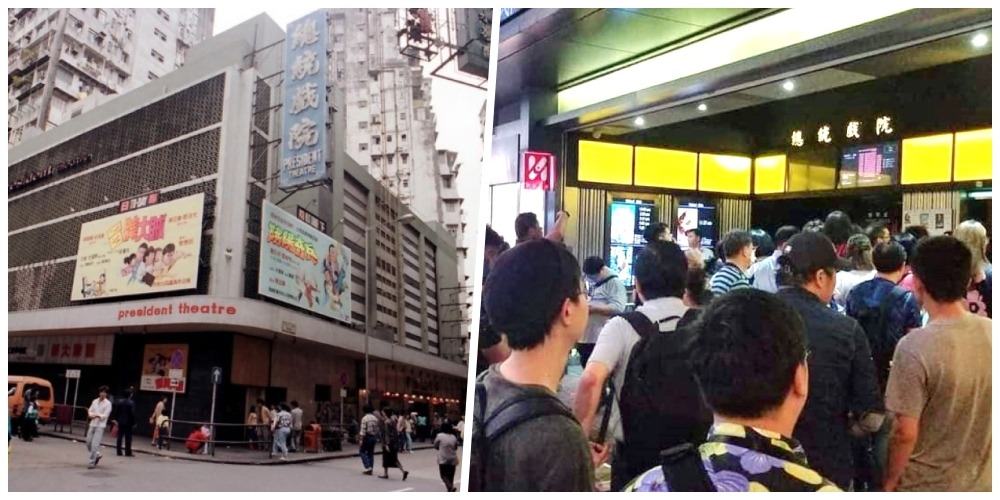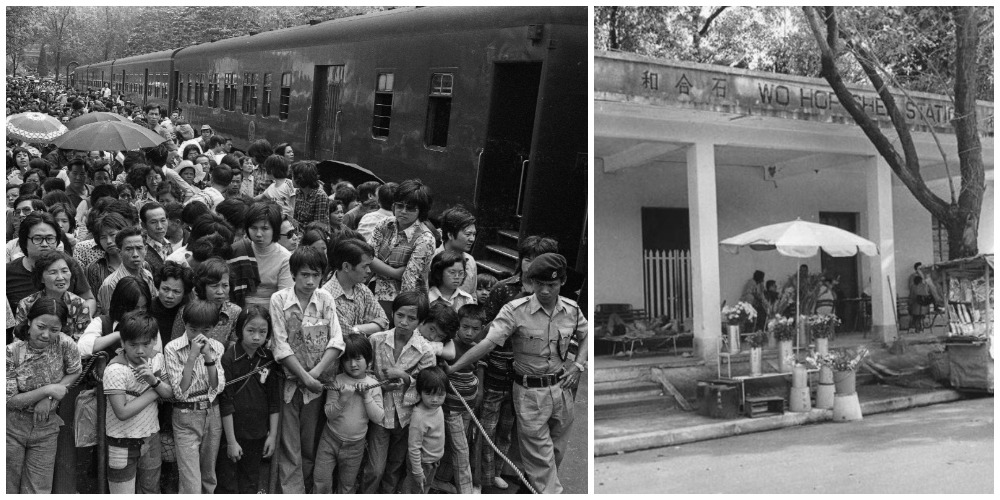Published : 2024-11-13
As "Hong Kong's backyard", Sai Kung is hosting the third "Sai Kung Hoi Arts Festival" (西貢海藝術節) from November 13 to January 12, 2025.
The festival will feature 27 artworks by local and international artists displayed in Sai Kung Town and four nearby islands, including Yim Tin Tsai (鹽田梓), Sharp Island (橋咀洲), Kau Sai Chau (滘西洲), and High Island (糧船灣).
Visitors can enjoy the natural scenery while experiencing the artistic ambiance. During the festival, free guided tours and various experiential activities will be held. The public can make reservations to participate.
Third Sai Kung Hoi Arts Festival combines nature with art
Sai Kung Hoi Arts Festival was founded in 2022, and this is its third iteration.
This event, hailed as the "Hong Kong version of the Setouchi Triennale", stands out by placing art pieces in various corners of Sai Kung, transforming the region's unique geological landscapes and coastline into a natural exhibition hall.
Visitors must travel by boat, island-hopping, to discover the artworks amidst clear skies, blue seas, and quaint village paths. It is a journey that blends history, culture, heritage sites, natural scenery, and art into an all-in-one island-hopping adventure.
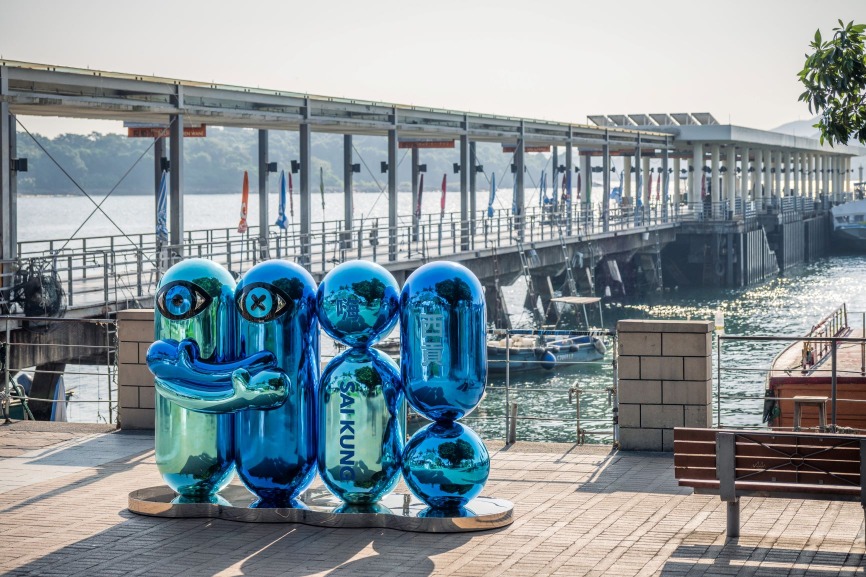
Sai Kung Hoi Arts Festiva showcases 27 artworks
Continuing the themes of the past two years, this year's Sai Kung Hoi Arts Festival is curated under the theme "Joy Again, Gather" (再島聚Joy Again, Gather).
It introduces 10 new artworks alongside previous works from the past two editions. In total, 27 artworks will be displayed across five locations: Yim Tin Tsai (10 pieces), Sharp Island (4 pieces), Kau Sai Chau (5 pieces), High Island (7 pieces), and Sai Kung Town (1 piece).
In fact, these exhibition locations collectively represent different facets of Sai Kung, reflecting its diverse geological wonders and rich historical and cultural heritage.
In Yim Tin Tsai, the artists "O & O Studio"(一持工作室) and "REhyphenation" created a rich artistic feast "Wu Zi Dinner"(晤梓一餐飯).
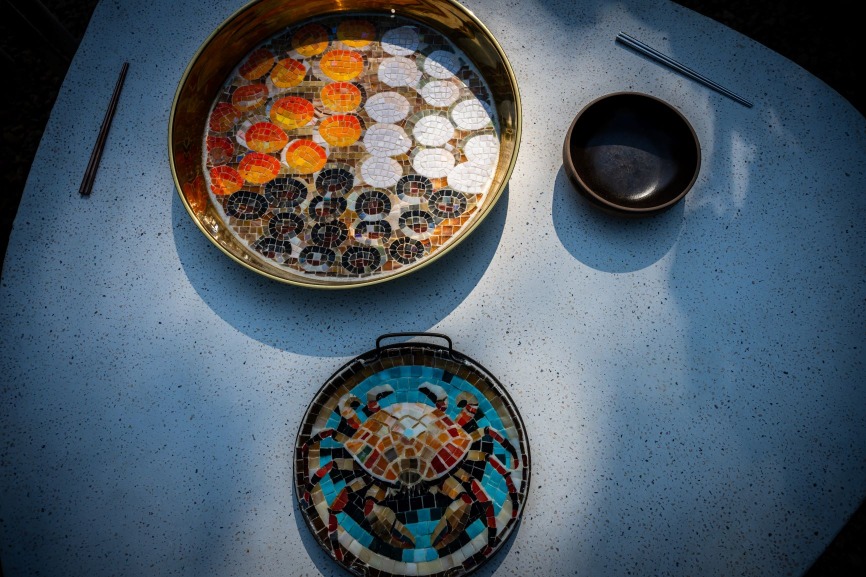
Yim Tin Tsai is a Hakka village with 300 years of history
Yim Tin Tsai, which has the most art exhibits, is a 300-year-old village of the Chan Hakka clan, with 200 residents living there in earlier times.
The name "Yim Tin Tsai" originates from the island's salt production industry. In the mid-19th century, Catholic missionaries came to the remote Yim Tin Tsai for evangelism and later led all the island's villagers to baptism. The Chapel of St. Joseph and the statue of the priest on the island are from this period.
Read more: Why was Kwun Tong once called "Kuan Fu"(官富)?
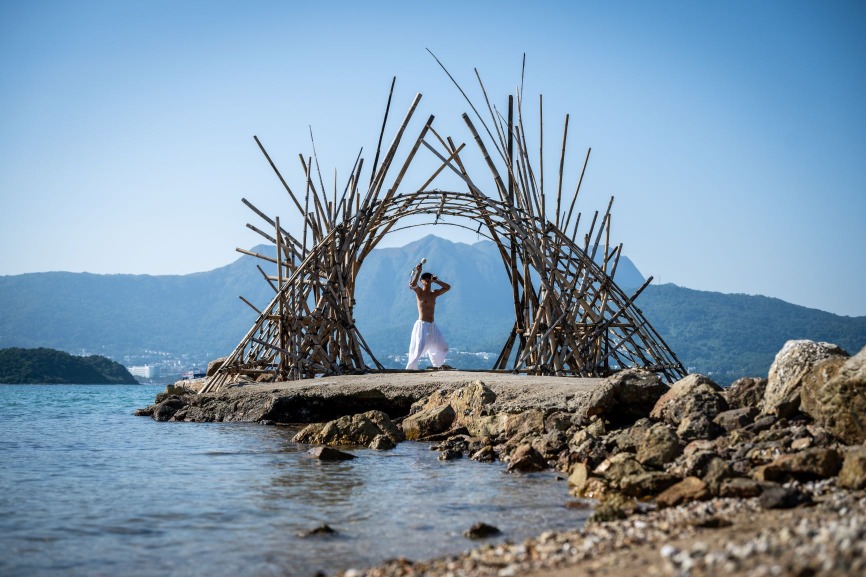
The "Pineapple Bun" rock at the edge of Sharp Island is the most eye-catching
Sharp Island, about 15 minutes by boat from Sai Kung town centre, has unique natural features. One of these is a natural sandy stone corridor about 200 metres long that appears at the western end of the island during low tide, connecting it to nearby Kiu Tau Island (橋頭島).
The shores of Sharp Island are also scattered with rocks resembling "pineapple buns." These "pineapple buns" result from day and night temperature differences and weathering erosion over the years. The different expansion and contraction rates of the rock's inner and outer layers create cracks, and the outer layers peel off like an onion.
This area is also a popular snorkelling spot, offering glimpses of various corals.
Read more: Explore Hong Kong Geopark to enjoy its unique rock formations
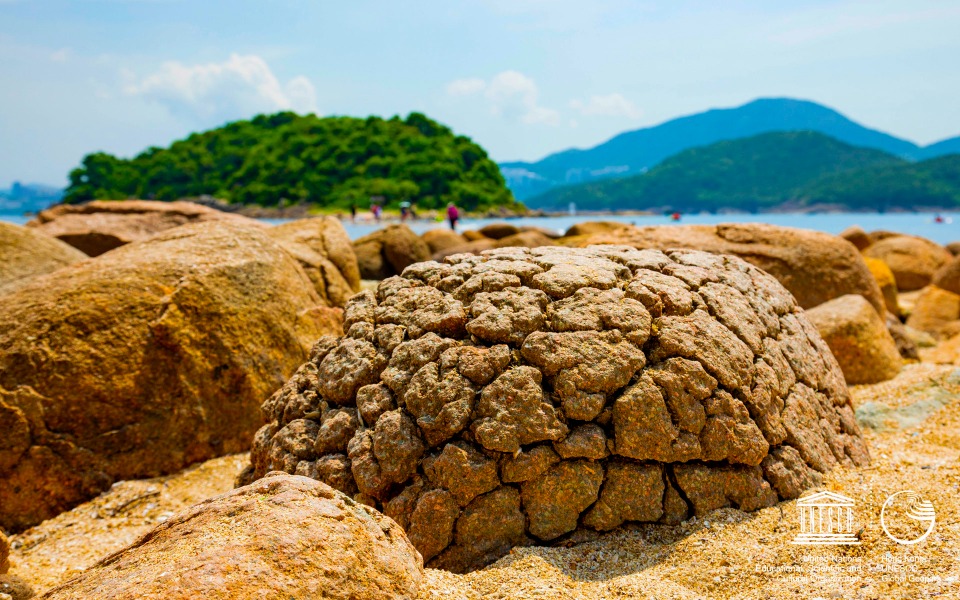
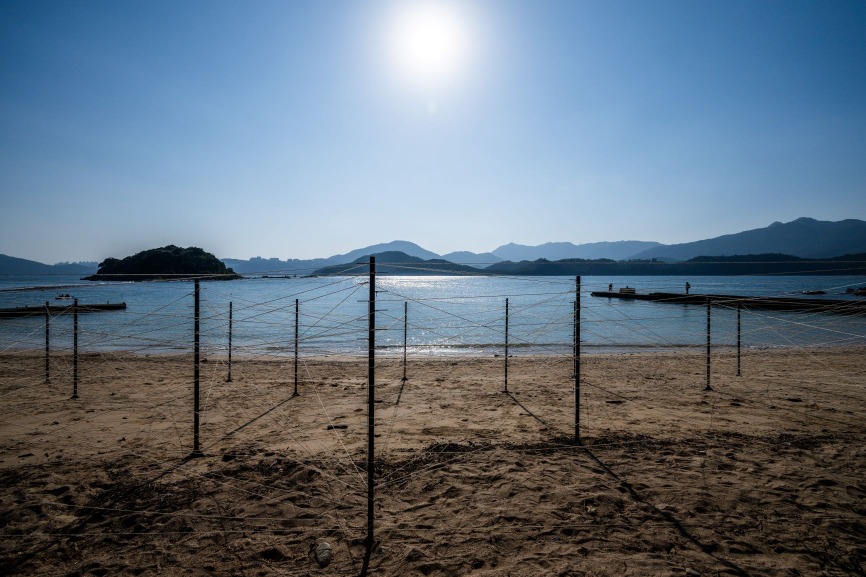
Tin Hau Temple at High Island regularly hosts maritime parades
Another exhibition venue, High Island, was formerly known as "Dragon Boat Bay" (龍船灣).
The name is said to originate from a type of boat used by the early residents, which resembled a dragon boat in its narrow shape. Later, as it became a transit point for transporting grain to the Pearl River Estuary and Guangzhou, it was renamed "High Island".
High Island serves as a typhoon shelter for fishermen. During Tin Hau's birthday from the 19th to the 24th of the third lunar month every other year, a maritime parade is held at the Tin Hau Temple in High Island. This is part of Hong Kong's intangible cultural heritage.
Read more: Why is Tin Hau Temple in Sai Kung called the "Tai Miu"?
In front of the Tin Hau Temple in High Island, the artwork "Magic Mirror of Thousand Eyes Fish" (幻鏡千眼魚) was created by the team "Zhe Jian" (哲間) led by artist Ban Zhang Zhe (張哲).
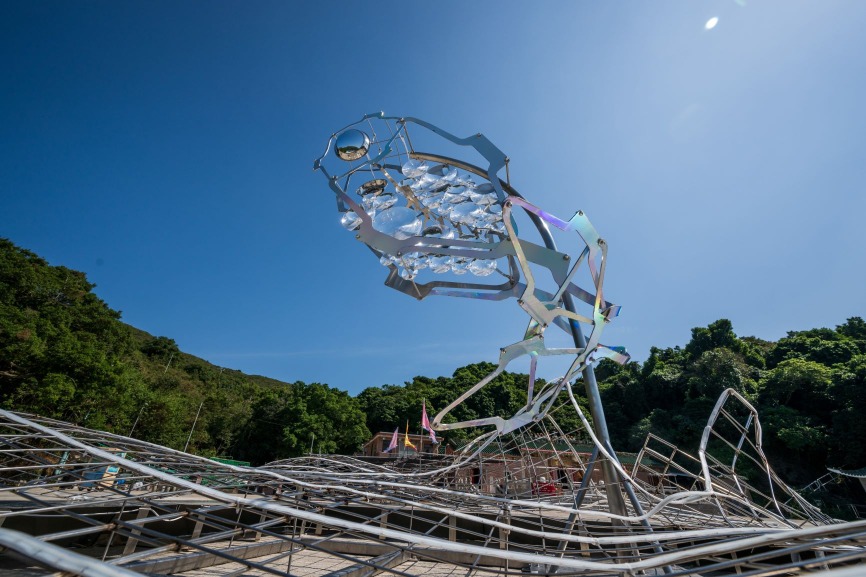
Kau Sai Chau is the only public golf course in Hong Kong
As for Kau Sai Chau, the largest island in the Sai Kung area, it is the only public golf course in Hong Kong. There is also a Hakka village named Kau Sai Village. Half a century ago, hundreds of people lived here, but now few remain.
In the 1950s, the British colonial government established a firing range at nearby Port Shelter (牛尾海), and the villagers of Kau Sai were resettled to Pak Sha Wan (白沙灣) to create a new village.
Later, with the assistance of a British anthropologist who negotiated with the government, the firing range was relocated to Basalt Island (火石洲), allowing the residents to return to their original village.
The artwork "Tail Squid Migration" (尾魷洄游) on Kau Sai Chau was created by Kelvin Ho (何卓熹) and Jenny Tse (謝子昕), inspired by the wisdom of the Kau Sai villagers in catching bigfin reef squid. They would place dead white lead trees in the sea to attract big fin reef squid to gather and reproduce.
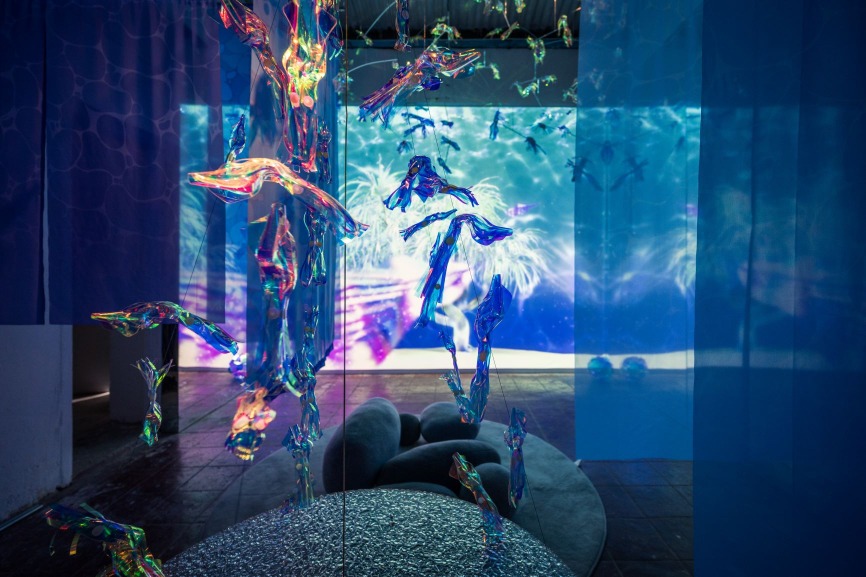
Online registration for guided tours and workshops
During the Sai Kung Hoi Arts Festival, more than 400 free guided tours will be organised, providing in-depth introductions to the features and historical culture of various islands in Sai Kung.
Additionally, over 90 different types of activities will be held, including dye cloth and fishing net weaving experiences led by Sai Kung villagers, ethnic musical instrument parties suitable for families, and canoeing.
Some activities and guided tours require online registration in advance and are available on a first come, first served basis.


